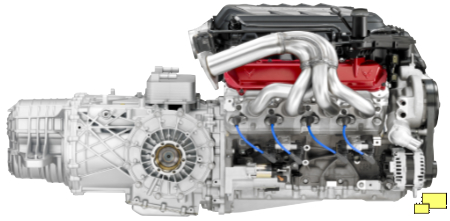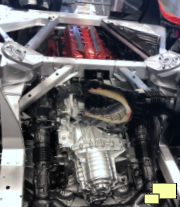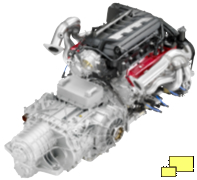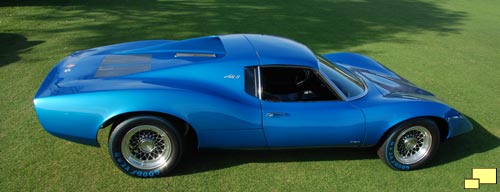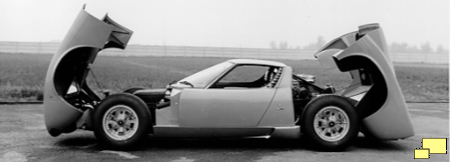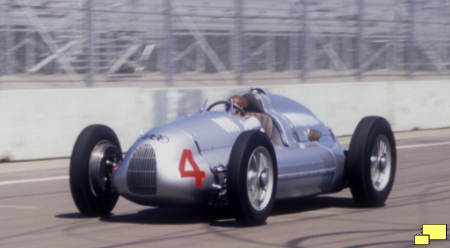Corvette Generations:
C1 C2 C3 C4 C5 C6 C7 C8
Corvette: Year by Year
1953 1954 1955 1956 1957 1958 1959 1960 1961 1962 19631964 1965 1966 1967 1968 1969 1970 1971 1972 1973 1974
1975 1976 1977 1978 1979 1980 1981 1982 1983 1984 1985
1986 1987 1988 1989 1990 1991 1992 1993 1994 1995 1996
1997 1998 1999 2000 2001 2002 2003 2004 2005 2006 2007
2008 2009 2010 2011 2012 2013 2014 2015 2016 2017 2018
2019 2020 2021 2022 2023 2024 2025
Corvette C8: Why Mid Engine?
Although the theory is that mid engine configuration has handling advantages - which is true - it also offers straight line performance benefits. The reason is weight distribution. Under hard acceleration, weight naturally shifts towards the rear wheels, which explains how it's easy to chirp the tires on a front wheel drive car. The same effect is an advantage for mid engine cars as weight is on the drive wheels.
The mid engine layout portends a lot about the future of the C8 Corvette. With the C6 and C7 Corvettes performance models were introduced in subsequent years and there is no doubt that the same will happen with the C8. While there has been no official word from GM, expectations include a model that will feature electric front drive motors similar to those found on the Acura NSX. While this layout would allow the marketing folks to label the C8 as a "Hybrid" and "All Wheel Drive" vehicle, the real benefit is in high performance handling situations. With electric motors, the power applied is computer controlled so optimum torque can go to the wheel that will result in improved control and high speed. The benefits for fast handling situations are significant.
Follow @corvettestory
2025 Corvette
C8 ZR1






















Introducing the Vette Spotter app for the iPhone.
The Vette Spotter app can identify the year of any Corvette.
All years and generations are covered, from 1953 to 2014. Over 350 photographs and detailed text are included.
2025 Corvette
C8 ZR1

Introducing the Vette Spotter app for the iPhone.
The Vette Spotter app can identify the year of any Corvette.
All years and generations are covered, from 1953 to 2014. Over 350 photographs and detailed text are included.




